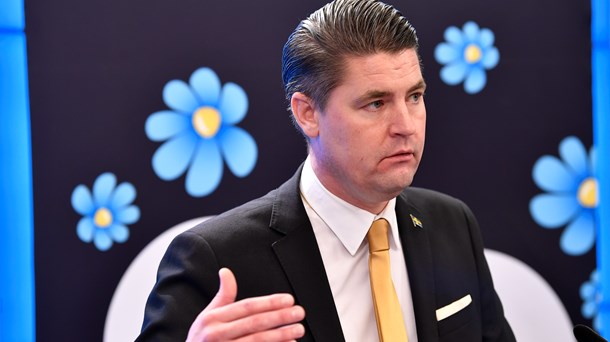Welcome to the EU-chain
Why?
Does it sometimes feel like some EU-decisions affecting your interests are taken without you even hearing about them? Do you sometime find it hard to follow what’s happening inside a legislative process that might influence you further down the line?
This service aim to make it easy to monitor, understand and follow how legislation develops in the EU-system.
What?
The EU-decision chain is a service that connects information from the EU-Commission, Council, Riksdagen and Regeringen, as well as the EU-Parliament. Through the use of the Commission’s own keyword service, you’ll be able to filter out what you’d like to learn more about and get notified when a case develops.
How?
The main thing you need to think about is ”what issues am I interested in?”
Try out the service and search for tags and keywords that fit your interests. Filter the results through where they are in the process with the tube-map.
If you find a specific proposal that sounds promising - check out what’s happening inside the process of creating a policy decision within the institutions.
Find relevant contact persons, learn how to influence the process, participate in the debate and read the editorial coverage that covers and comments on the process.
And mainly: Save the results you receive and the processes that your interested in. Edit your subscriptions on your personal preferences page, so that you get the notifications you'd like!
Do you see any pieces of the puzzle that you would like to add? Please don’t hesitate to propose some updates to a specific proposal or the service at large!
Q&A
Why are we only covering issues related to climate, energy and environmental policy?
And what about the processes inside the expert groups, or the Implementing acts and delegated acts, or the decisions that are mainly processed through special regulatory committees inside the commission? Why aren’t they included in the service yet?
The answer is - you’ve got to start somewhere. Our aim is to enhance and expand the service further down the line.
Why is the service free for all from the start?
We’d like as many as possible to see and comment on what we’ve done. But, in order to enhance, maintain and expand, we’ll introduce fees to the service later on during 2021.
Why are some steps in the legislative process grouped like they are?
As you can see while hoovering the tubemap, several legislative steps have been grouped together, for example "committee opinion" and "vote in committee". This is done as a measure to cover as many steps as possible with the tool, as well as to group related legislative steps together. If you have any thoughts on how this could be done differently, please don't hesitate to reach out to us.
Why is the service in English mainly?
In order to provide the user with the information as soon as it’s online – we’ve seen that it’s a good fallback to start with English. Our aim is to update each proposal with the translated versions of texts as soon as we’re able.
Do you have any other thoughts and questions - just send us a message

 Överblick: Las-röra och hög narkotikadödlighet
Överblick: Las-röra och hög narkotikadödlighet
 Överblick: SD delar ut cash, M klimatsatsar och virus i avloppen
Överblick: SD delar ut cash, M klimatsatsar och virus i avloppen
